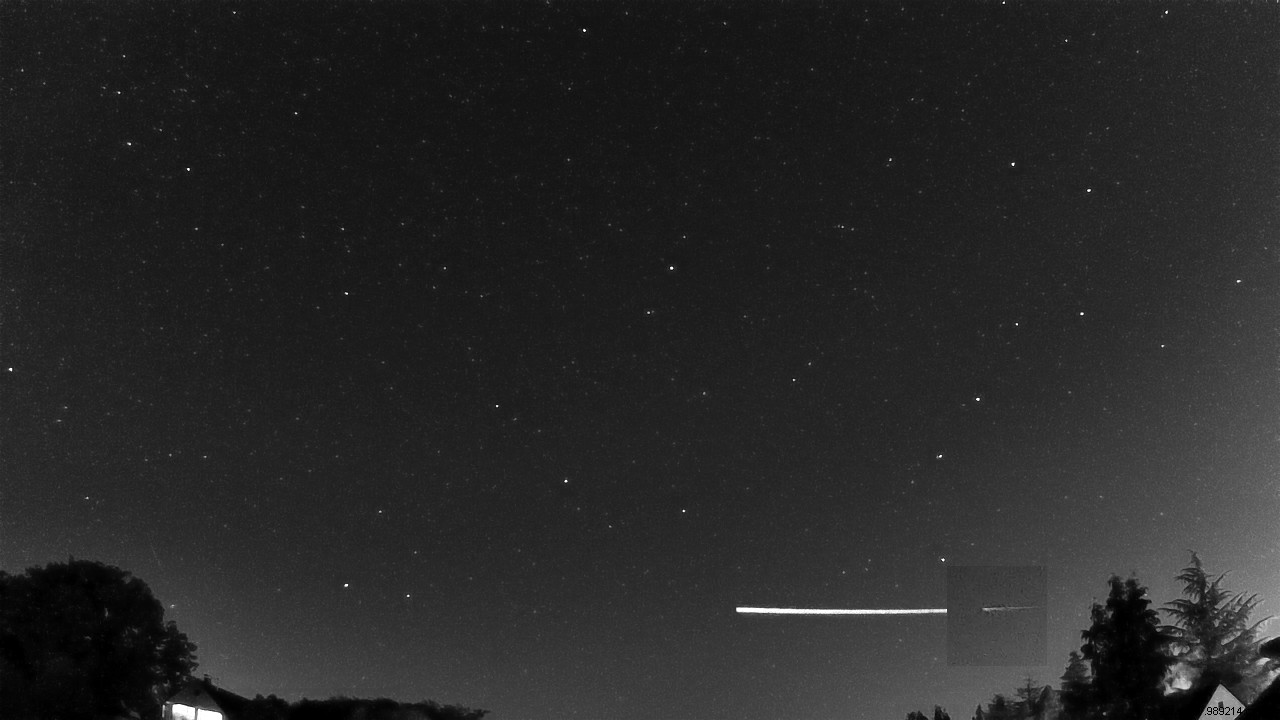In 2020, a meteor penetrated the Earth's atmosphere before "bouncing" and streaking through space again. The cameras of the Global Meteor Network managed to film the express passage of this visitor.
During its journey around the Sun, the Earth very often finds itself in the line of sight of space rocks. Some only pass by at a good distance, others burn up in the atmosphere, while others end up crashing to the ground. Occasionally, however, certain rocks may "bounce" in the atmosphere before heading back into space .
Phenomena of this kind, sort of cosmic "ricochets", have been reported before. The earliest known example is of the Great Meteor of 1860 that crossed the United States on July 20 of that year. Other examples such as the 1913 event over Canada and Bermuda or that of October 13, 1990 visible over Czechoslovakia and Poland are also found in the scientific literature.
More recently, on July 7, 2017, one of these meteors also crossed the Australian sky at over 56,000 km/h , illuminating the sky for 90 seconds. According to recent calculations, the object originating from the asteroid belt would be heading towards Jupiter today.
That said, one of these rocks was again illustrated on September 22, visible on the northern horizon, above Germany and the Netherlands -Down. Spotted by the Global Meteor Network, the small meteoroid is believed to have "bounced" off Earth's atmosphere at approximately 91 kilometers , which is much lower than the satellites in orbit. It then headed back into space, as evidenced by this short video:

It actually didn't penetrate the atmosphere enough to burn. Its entry angle was also very low relative to the horizon. Moreover, according to the calculations of the researchers, this meteor seemed to spin at more than 34.1 km / s . Earth's escape velocity being 11.2 km/s , the rock was therefore moving fast enough to get rid of the gravitational attraction of our planet and thus reach space.
According to Dennis Vida, who heads the Global Meteor Network, this meteor is also the fragment of a Trojan asteroid , a family of rocks that share Jupiter's orbit around the Sun, around the Lagrange points L4 and L5 of the Sun-Jupiter system (60 degrees ahead or behind Jupiter). On the other hand, it has not yet been able to determine the parent body from which it came.